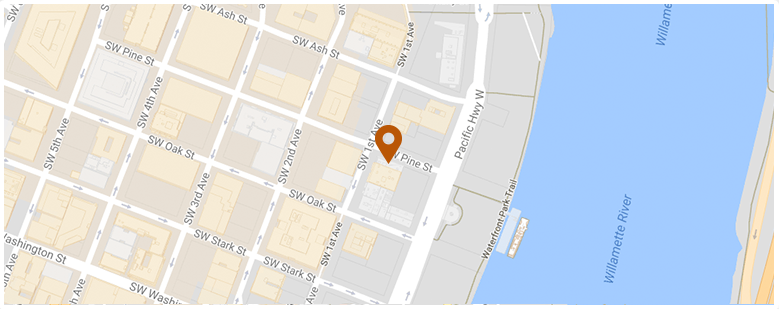Even as legislative bodies strengthen laws and police ramp up enforcement, people behind the wheel dividing their attention between driving and text messages, phone calls, email, social media, and so forth remain a very real problem in Oregon and across the country. Too often, the results are serious injuries or deaths. When you or your family is harmed by someone driving while insufficiently attentive, you owe it to yourself to contact an experienced Oregon distracted driving lawyer to discuss your circumstances.
Sometimes, no one is hurt as a result of drivers’ inattention and the stories can seem a bit ridiculous — like the Washington County driver who was sufficiently distracted by a cell phone last fall that they left the road, crashed their pickup truck into a silo, and pushed that silo into a nearby barn, or the driver spotted by the Oregon State Police on Interstate 84 with not one but two hands on their cell phone while they drove.
Too many times, though, the outcome is tragic rather than absurd. Distracted driving crashes resulted in 3,500+ deaths nationwide in 2021. Here in Oregon, the state logged more than 15,500 crashes with more than 24,000 injuries from 2016-2020, according to the Oregon Department of Transportation.
 Oregon Injury Lawyer Blog
Oregon Injury Lawyer Blog


